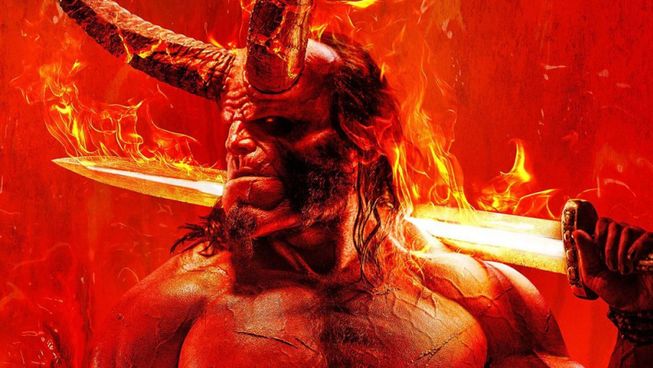
3 out of 5 stars
Nightmare Alley is indicative of its main character Stanton Carlisle (Bradley Cooper), ambitious, visually stunning, and ultimately bites off more than it can chew. The film touts all of director Guillermo Del Toro's (Pan’s Labyrinth, The Shape of Water) technical mastery and auteur touches, but struggles to manipulate the audience into buying this picture’s importance.
The story sets off with a signature scene from the filmmaker that is a beauty to look at and piques the mind's curiosity. Cooper’s character is in a burning house, dragging a body-like figure covered in cloth into the depths of the ignited dwelling. Stanton then emerges into a wheat field with a picturesque yet haunting view of the smouldering residence in the background. He walks off as if closing one chapter of his life and beginning a new one. This new stage brings him to a town where a local circus has set up its tents to perform. Intriguing to this stranger to the troupe, he makes his way through the carnival and discovers a variety of performances. Most notably, in form and fashion, Clem Hoatley’s (Willem Dafoe) act provides suspense and disgust, both of which are elevated to higher levels as more is revealed. This is thematically consistent with the Academy Award-winning director as the story is full of these suspenseful and disgusting moments.
Nightmare Alley is a graphic movie meant only for those with the proper constitution.
Stanton Carlisle learns the rope from the various carnies, particularly from an alcoholic, ex-mentalist named Pete (David Strathairn) and Carlisle’s beautiful love interest Molly (Rooney Mara). Pete teaches him a methodological process of fooling patrons into believing he is truly a psychic. Following a trend within the arc of the dark tale, alcohol abuse causes an event that haunts Stanton, who always makes a point of emphasis that he has never touched alcohol. This leads him to leave the fair with Molly and they head to the big city to set up their own high-end venture. After a two-year time jump, we see the pair in a high-end hotel showing that they succeeded in their dreams. Dr. Ritter (Cate Blanchett) and her financial backer test Stanton's abilities in their new residence. He passes the test, leading into a dangerous world with higher stakes and even higher dollar amounts.
This dark remake is full of atmospheric scenery and cinematic magnificence. Still, in the end, it lacks the narrative cohesion that will steer many viewers to the frustrating conclusion. Cooper gives a dedicated performance, and the whole cast is more than up to the task here. Their performances are complemented by the production design, filmmaking, score, and technical aspects are expertly done. The issue with this production feels like Del Toro fell in love with this world from the original motion picture (1947, Edmund Goulding), but failed to update it into a cohesive screenplay.
There are many instances where actions are driven more by plot needs than believable character motivation and many themes and setups that are not fully capitalised. Most prominently, the idea of monetary importance. Many films do not point out specific economic values, but the screenplay is full of these. While Stanton walks into the circus within the first ten minutes, he sees a 10-cent bath sign. Specific dollar amounts are continuously emphasised throughout, but Del Toro film's ultimate insights on money and greed are quite elementary and well-treaded in movie history. Nightmare Alley will have the audience’s full attention at the conclusion, but this commitment to the story may not prove to be worth it in the end.
REEL DIALOGUE - What determines your moral centre?
If there is anything to take away from films like Nightmare Alley, there is something wrong with this world. The moral ambiguity of the people's choices in the movie may be hard to stomach, but is not hard to understand. The discomfort may come from asking where we determine our own morality.
In this world where everyone has an opinion about every moral stance, it has become critical to figure out how to answer this philosophical question. The answer can be found in studying the person of Jesus. It is not a simple answer, but as you look into his life and death, the answer will be evident. Pick up one of the accounts of his life and see how God answers this multi-layered query with one man.
The biography according to Mark is a great place to start.






